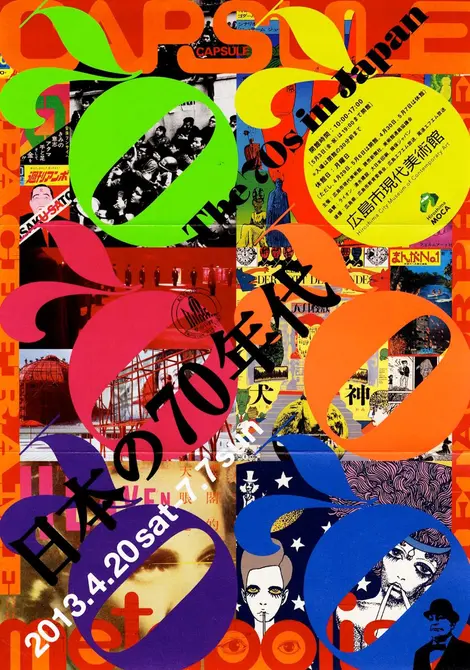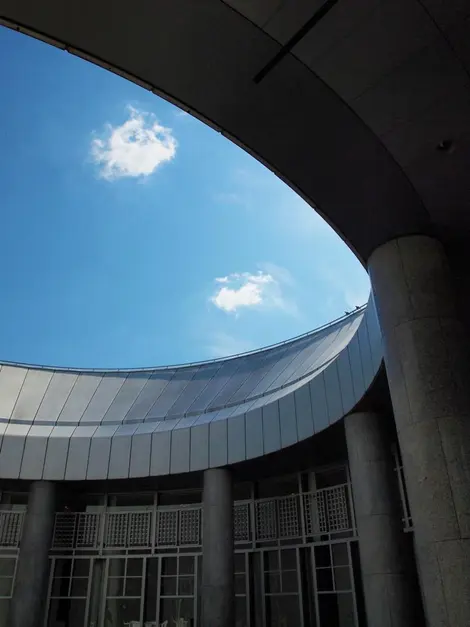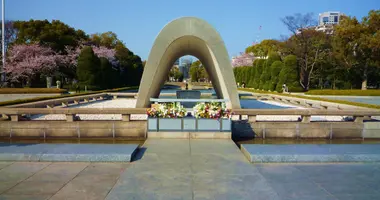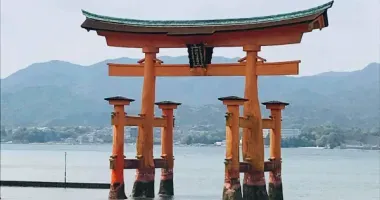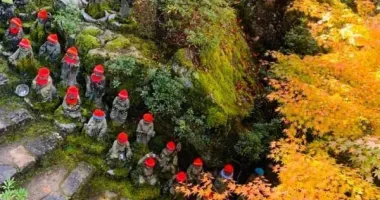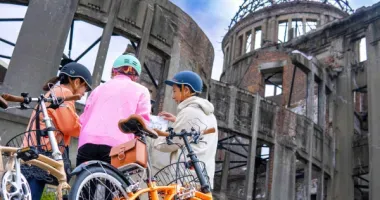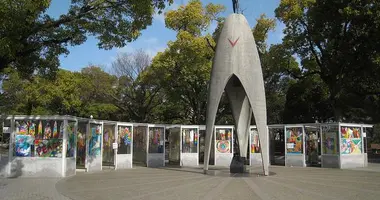Museum of Contemporary Art 広島市現代美術館
- Published on : 20/01/2015
- by : E.P.
- Youtube
Fruits of the human, inhuman fruit
Breathing legacy, peace, and the celebration of the present. The golden rule of Hiroshima? Maybe. But it sure is at the Museum of Contemporary Art.
What do the fashion designer Issey Miyake, Yoko Ono, visual artist Shirin Neshat, and Polish-American Daniel Libeskind all have in common? They have all received the Hiroshima Art Prize, which rewards the work of an artist for their contribution to the pursuit of peace. All embody the "spirit of Hiroshima" in the eyes of the Hiroshima City Museum of Contemporary Art (HMOCA), located in a city that will forever be a symbol of the inhumanity of WWII. This public museum dedicated to contemporary art was established in 1989.
Master Kurokawa Kisho
Perched on top of a hill, this museum is on Hijiyama-koen park grounds. Escalators lead you gradually upwards, revealing the space piece by piece. This is all the work of architect Kisho Kurokawa (1934-2007), founder of the Metabolist Movement. The group promoted large-scale construction so people can continue to develop and grow. Kurokawa's famous Floating City project was a plan for residential construction on a lake on the outskirts of Tokyo.
Along with the celebration of modern art, the museum is made of materials both traditional and modern. The museum is like an agora, the meeting place of east and west, famous and less recognized, young and experienced, all while wielding everything from media, videos, paintings, and installations. With over one thousand four hundred works and welcoming long-awaited temporary exhibitions, the HMOCA was the first museum of contemporary art on the archipelago, opening the way to Momat in Tokyo or Momak in Kyoto. Many pieces question the link between war and art, human and the bomb, humanity and inhumanity. The museum also extends outside with more than seventeen famous works including the Ark (1963), by the British sculptor Henry Moore.
"Beauty will save the world", uttered Fyodor Dostoyevsky. If art is beauty, no one knows if it saved Hiroshima, but the city is a beautiful place to live the present.




